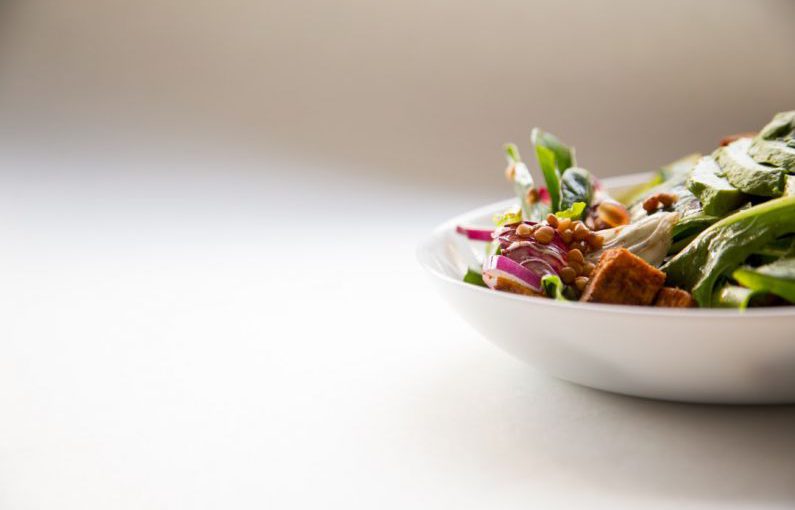Creating a visually stunning dish goes beyond just the taste and ingredients; it involves the art of plating. The way food is presented on a plate can elevate a meal from ordinary to extraordinary. Chefs around the world understand the importance of plating and use it as a way to showcase their creativity and culinary skills. Let’s delve into the world of plating and discover the techniques and principles behind turning a simple dish into a work of art.
The Basics of Plating
Plating is not just about arranging food on a plate; it is a carefully curated process that involves balance, color, texture, and proportion. A well-plated dish should be visually appealing and inviting, enticing diners to dig in. Chefs pay attention to every detail, from the placement of each component to the use of garnishes and sauces to enhance the overall presentation.
Balance is key when it comes to plating. Chefs aim to create harmony on the plate by distributing elements evenly and avoiding overcrowding. A balanced dish will have a mix of colors, textures, and flavors that complement each other. By carefully considering the placement of each element, chefs can create a visually striking dish that is as pleasing to the eye as it is to the palate.
Color plays a crucial role in plating, as it can evoke emotions and set the tone for the meal. Chefs use a variety of colorful ingredients to add vibrancy and contrast to their dishes. Brightly colored vegetables, fruits, and herbs can create visual interest and make the plate more appealing. Additionally, chefs often use white space on the plate to create contrast and draw attention to the main components of the dish.
Texture is another important element of plating that can elevate a dish to the next level. By incorporating a mix of textures, such as crispy, crunchy, creamy, and tender, chefs can create a more dynamic eating experience. Contrasting textures can add depth and complexity to a dish, making it more interesting and enjoyable to eat.
Proportion is also a key consideration when plating a dish. Chefs strive to create visually appealing plates by carefully portioning out each component. By ensuring that each element is proportionate to the others, chefs can create a sense of harmony and balance on the plate. Overly large or small portions can throw off the visual appeal of a dish, so chefs pay careful attention to proportions when plating.
Techniques and Tips for Plating
There are several techniques that chefs use to create stunning plates that look like works of art. One common technique is the use of height and layers to add dimension to a dish. By stacking or layering ingredients, chefs can create visual interest and make the plate look more dynamic. Additionally, chefs often use tools like squeeze bottles and tweezers to carefully place sauces and garnishes on the plate with precision.
Another technique that chefs use is the concept of negative space. Negative space refers to the empty areas on the plate that help highlight the main components of the dish. Chefs strategically leave blank spaces on the plate to create contrast and draw attention to the focal points of the dish. This technique can help create a sense of balance and harmony on the plate.
When it comes to plating, attention to detail is key. Chefs pay close attention to the presentation of each dish, making sure that every element is placed with care and precision. From the angle of a garnish to the drizzle of a sauce, every detail matters when it comes to plating a dish.
Conclusion: The Art of Plating
In the world of culinary arts, plating is a crucial skill that sets great chefs apart from the rest. The art of plating goes beyond just arranging food on a plate; it is a creative process that allows chefs to showcase their skills and express their unique culinary vision. By paying attention to balance, color, texture, and proportion, chefs can create visually stunning dishes that are not only delicious but also a feast for the eyes. The next time you sit down to a beautifully plated meal, take a moment to appreciate the artistry and skill that went into creating that culinary masterpiece.





